Tire measurements can be confusing at a first look. They are coded, may come in imperial or metric units, use several important numbers… 33 inch vs 285 mm, for example, represent entirely different dimensions. This article is going to use that example to explain how to understand all that.
“33 inch” in a tire code is the outer diameter; it also represents 838,2 mm. 285 mm is the tread width; in a 285/75 R16 tire, the sidewall height equals 75% of that width. By adding two sidewall heights and the rim diameter of 16″, we get the outer diameter. In this case, a total of 833,9 mm.
We can say that 285 vs 33 represent the same tire in practice. However, we still have to consider some items. Let us give them a detailed look.

33 inch vs 285 mm in practice
Tire measurements come in codes for a reason: one dimension from the tire plus the rim diameter are not enough to properly define a tire model. We can illustrate that by using 33 inch vs 285 mm as an example considering 16″ rims for both to make them comparable.
33″ represents the tire’s outer diameter; using a 16″ rim, we can calculate the sidewall height but there is no information about the tread width. 285 mm, in turn, represents the tread width; we also have the rim diameter but that is not enough to calculate the sidewall height.
The best way to deal with that issue is by browsing tire models available in the market.
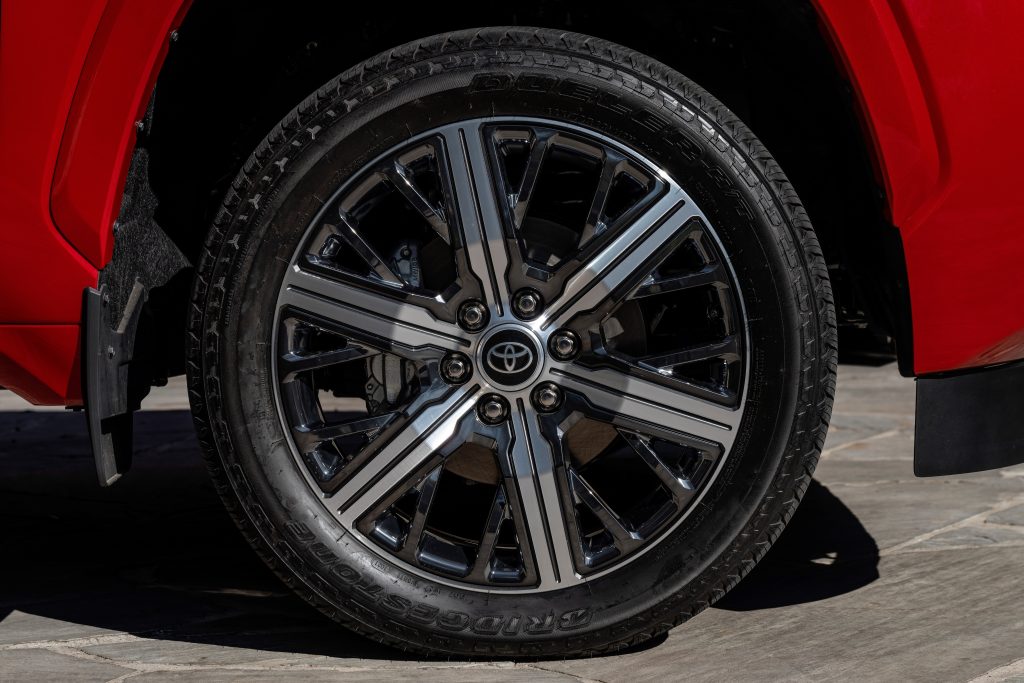
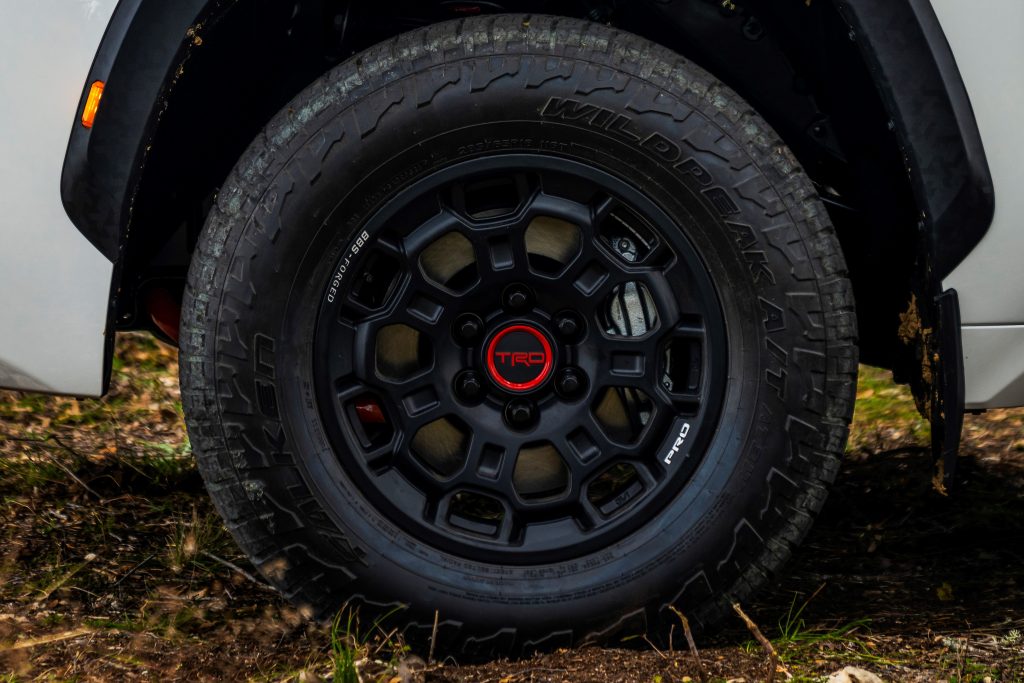
How to compare imperial vs metric?
In the 33×11.5 R16 tire code, “11.5” represents the tread width. Now, when we get a 285/75 R16 tire code, the “75” represents the sidewall height as 75% of the tread width. Since the codes provide us the missing dimensions, we can build a table as the following:
| Tire model | Outer diameter | Sidewall height | Tread width |
|---|---|---|---|
| 33×11.5 R16 | 33 in – 838,2 mm | 8.5 in – 215,9 mm | 11.5 in – 292,1 mm |
| 285/75 R16 | 32.8 in – 833,9 mm | 8.4 in – 213,7 mm | 11.2 in – 285 mm |
The biggest difference is at the tread width, but represents only 2.6%. Considering typical manufacturing variation, we can safely disregard it and assume that those tire models are equivalent.
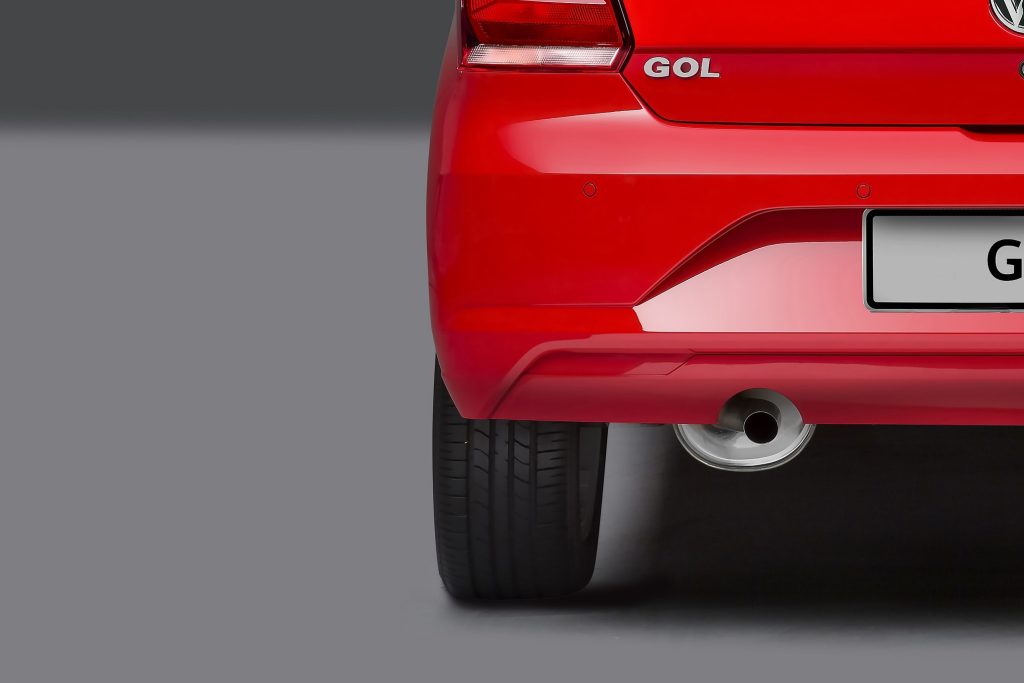
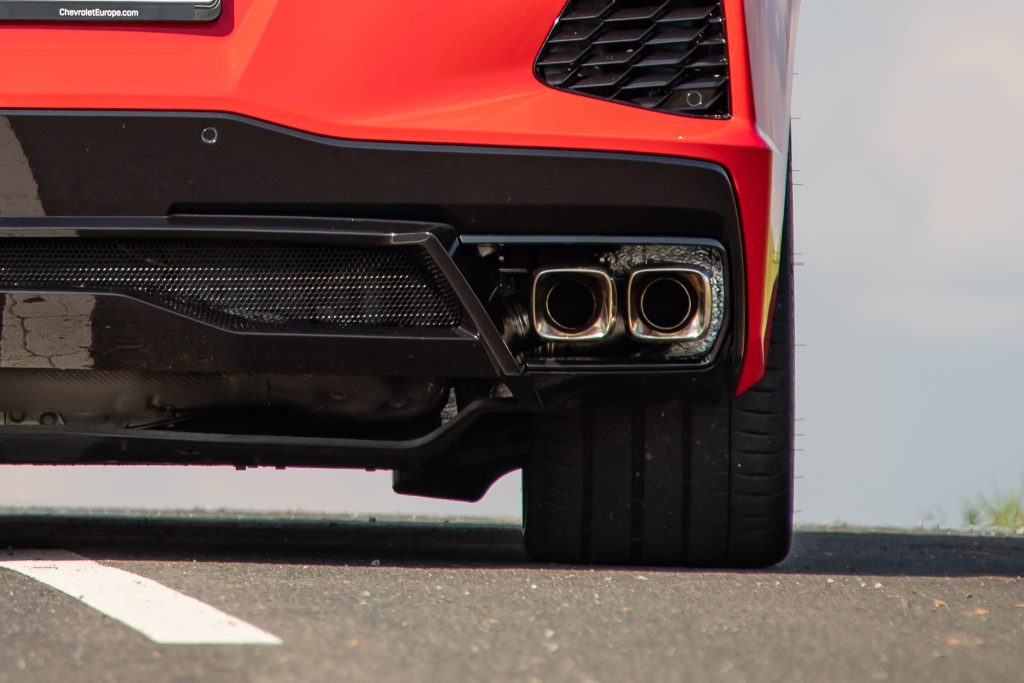
How to use 33 inch vs 285 mm tires
We have learned how tire codes work and how to find comparable models on each one. Now, it is time to discuss the basics of fitting appropriate tires in your off-road truck. In this section, we are going to cover important aspects especially considering trucks with independent suspension.
Lift kit
It is important to lift the truck’s body to prevent the tires from rubbing against the wheel wells. Besides that, off-road enthusiasts simply love making their truck look even more rugged. However, that height increase must be controlled because it directly affects the suspension’s geometry. In case of independent suspensions, it is recommendable to stay within 2-3 inches of lift.
Wheel offset
That distance refers to how much the whole wheel stays inside its well. Higher offset implies more travel distance, but it also affects the suspension’s geometry. Backspacing is another important figure: it is the axial distance from the hub mounting to the wheel’ inner edge. Excessive backspacing takes the wheels partially outside their fenders, which is highly risky.
Fender trimming
Sometimes, wheel fitting may result poor even if we properly work on lift and offset. When only slight changes are necessary, it could be interesting to work on the fender. Most of them come with plastic guards, whether functional or cosmetic, and they are easily removable. Trimming is also possible, but it is important not to trim steel portions because they may lead to rust.
Speedometer reading
This topic is more of a warning. Your car’s speedometer is designed to work with the tire specifications provided by the manufacturer. By using a larger diameter, your tires will have a larger circumference as well. That means the actual speed will be higher than what the meter displays. While the variation is not high, it is something important to keep in mind when driving near the speed limit.
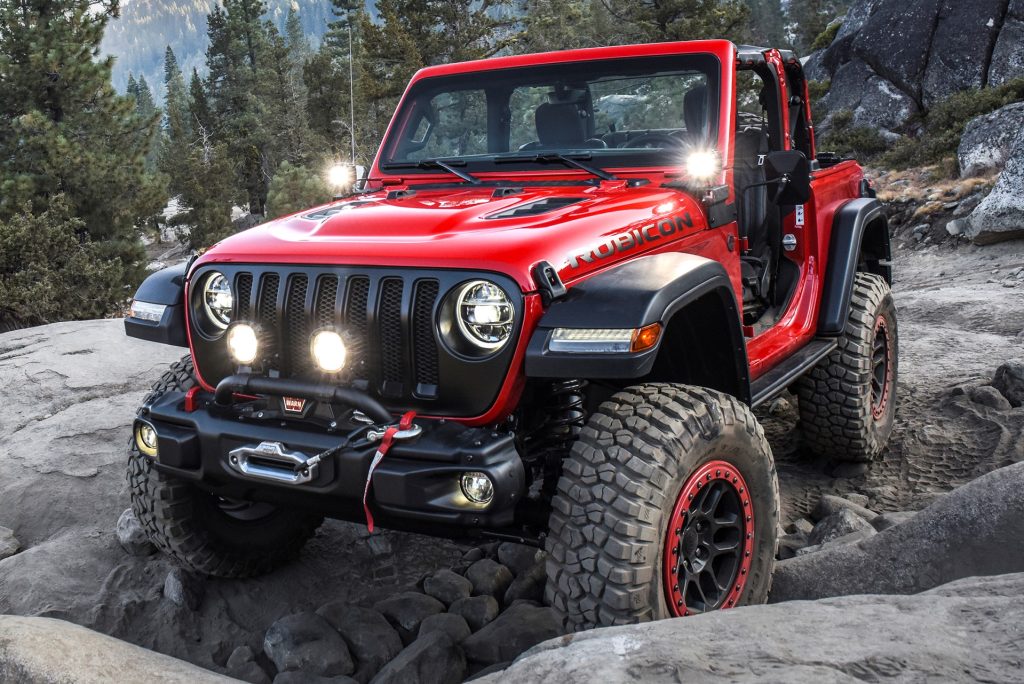
33 inch vs 285 mm FAQ
That would be 33×11.5 R17.
That would be 32.6×11.2 R18.
That would be 34.8×11.2 R18.
That would be 32.2×11.2 R20.
That would be 33.5×11.2 R20.
Considering that 1 in = 2,54 cm, we have 33 in = 83,82 cm.
With 16 inch tires, yes. They represent the same tire dimensions with minor variation.
Joe Stewart is a 35-year-old automotive enthusiast born in Miami, Florida. He is a part-time collaborator in AutomoBible and specializes at making car passion accessible to readers thanks to his product curations of all types.
Stewart worked in the automotive industry for several years especially in the field of accessories. He executed projects for several automakers whether to improve existing solutions or to design new ones according to their needs.
Nowadays, Stewart is expressing his passion for cars on AutomoBible. He is always looking for exciting new products and he tests them whenever he can, whether on his own 2020 Dodge Charger or on his friends's cars.





